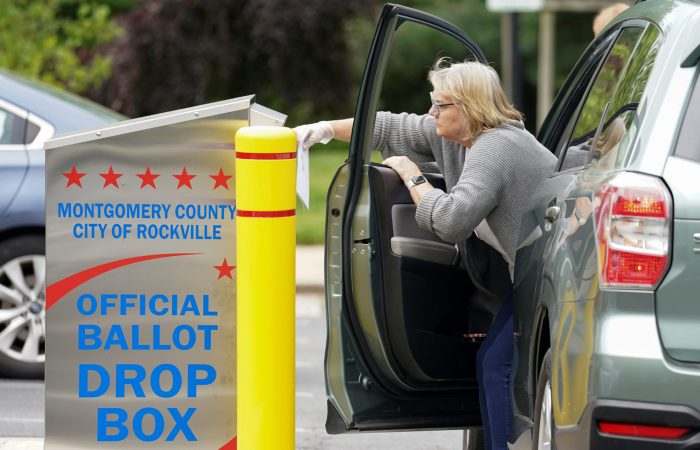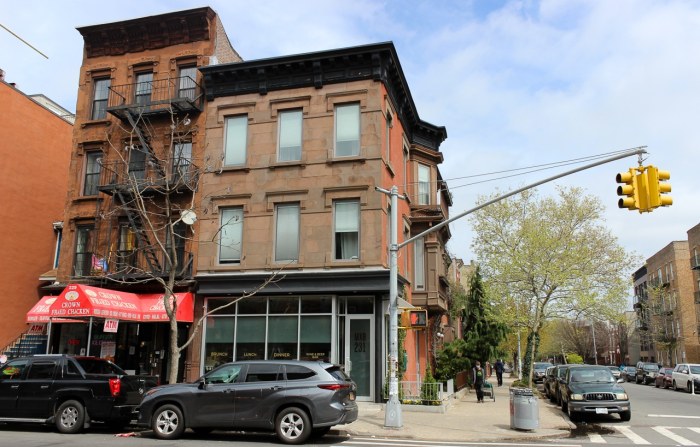Though the showdown between Upper West Side Congress Member Jerry Nadler and Upper East Side Congress Member Carolyn Maloney is a dramatic outcome of the new New York Congressional map, it’s not the first time redistricting has shaped their political destinies.
In fact, a redistricting plan passed 30 years ago played a major part in first catapulting Maloney into her Upper Manhattan seat. Echoes from that 1992 election cycle resound in two incumbents summer campaign battle.
The two incumbents will square off with several other insurgent candidates in the August primary.
Both Maloney and Nadler were elected to office in the year of Bill Clinton’s first presidential campaign and that of the first post-1990 Census redistricting.
It was that new district that helped Maloney, a City Councilmember at the time, eke out a 2-point victory against liberal Republican incumbent Bill Green.
The 1980s iteration of Maloney’s east side House seat, dubbed the Silk Stocking District for its sense of aristocracy and affluence, presented a conundrum for Democrats. Voters strongly supported all Democratic presidential candidates, but sent Green, a genteel socially liberal Republican, to the House for eight election cycles.
The general election in 1992 finally broke that pattern and marked the end of the line for Republican leadership in the Silk Stocking district — but only by expanding the Democratic electorate in working class outer borough neighborhoods that reliably voted Democrat, according to the results compiled by Congressional Quarterly.
Despite the district going 69.6% for Clinton in the presidential race, the district’s house race was decided by about two points. The district voted for 50.1% for Maloney and 47.9% for Green.
Nationally, House Democrats lost seven members that election cycle, but identity-based reform was in the air. The 1992 election was dubbed the “Year of the Woman” after a group of female Senators, including Dianne Feinstein and Barbara Boxer, took office.
But New York political reporters at the time focused on the impact of the new district, noting how the addition of heavily Democratic immigrant communities of Astoria in Queens and Greenpoint in Brooklyn made up the difference to push Maloney over the finish line.
Nadler, on the other hand — then a state Assembly member — won his district by an over 50-point margin.
Nadler was chosen to run in the primary by the New York County Democratic Committee to be successor to House Democrat Ted Weiss, who died a day before the 1992 primary. Nadler ran in two elections in the general election — one to carry the rest of Weiss’s eighth term in the old district, and another for the new Eighth District.
Although Democrats dominated the Brooklyn part of his district, which snaked along the Brooklyn waterfront into the orthodox Jewish center of Borough Park and ethnically mixed Bensonhurst, their numbers are slightly lower than in Manhattan. Nadler won 84% of the vote in the Manhattan part of the Eighth and 73% in Brooklyn.
Over the past 30 years, the opposite has become true of both Maloney’s and Nadler’s bases: they have solidified bases in Manhattan, but their support shrunk in the outer boroughs.
That’s one of several parallels with the current race. Another detail from the coverage that lines up with recent coverage of clashes between Maloney and Nadler’s camps is a description of Nadler’s single-mindedness to follow through on his plans once he’s decided on one.
“Jerry is a terrible nudnik,” the then-Assembly Speaker Saul Weprin told the New York Times in 1992, using the Yiddish term for a stubborn pest. “But in a good sense. When he has something on his mind that he wants to get done, he’ll never leave you alone.”


















